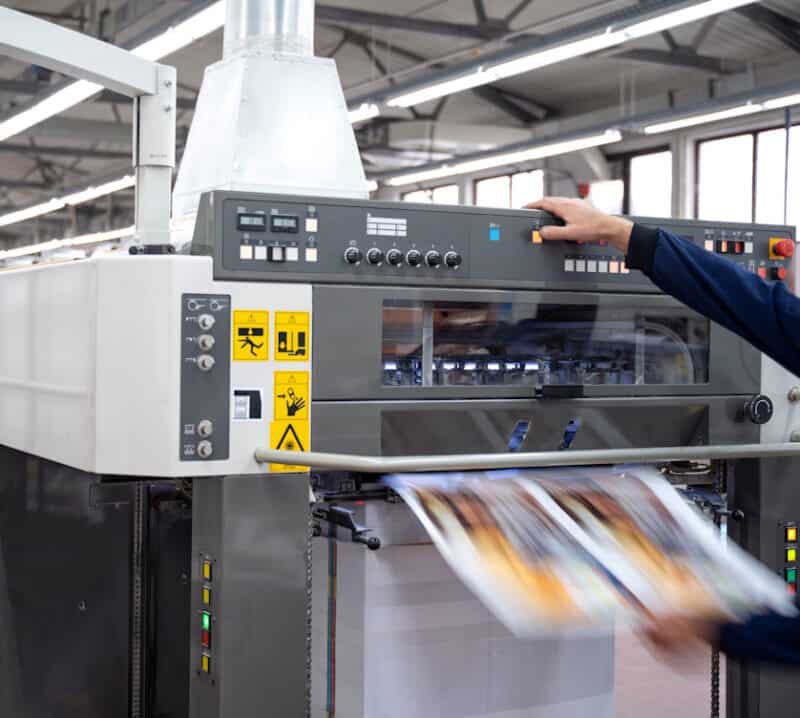Managing Your Restaurant Locations Is Easier Than You Think
In the world of multi-location restaurants, managing menus is no small feat. Whether it’s ensuring consistency across locations or responding quickly to market changes, a well-functioning menu management system is essential. But as your brand scales and the industry evolves, what once worked well might start holding you back.
If your current restaurant menu management software is clunky, time-consuming, or prone to errors, it could be costing you more than just time — it could be hurting your bottom line and customer experience.
So, how do you know when it’s time for a change?
Here are seven key signs your restaurant brand may be ready to upgrade to a more powerful, streamlined menu management software solution.
1. Your Locations Aren’t Consistent, But Should Be
One of the biggest benefits of using centralized menu management software is ensuring consistency across locations. If customers are having more varied experiences than you intended with menu items, pricing, or nutritional info from one store to the next, it can damage your brand integrity.
Discrepancies can arise when you rely on disconnected spreadsheets, PDFs, or outdated computer systems. A modern, centralized restaurant menu management system gives you full control over content updates, ensuring every location is on the same page — literally.
Red flag: If your team spends hours cross-checking menus from various locations to avoid inconsistencies, it’s time to upgrade your menu management system.
2. Menu Updates Take Too Long
Fast casual and full-service restaurants alike must adapt quickly to changing consumer preferences, supply chain disruptions, and seasonal promotions. If your current process to update menus takes days or even weeks to roll out across locations, you’re losing precious time and flexibility.
With a modern menu management software, you can update prices, descriptions, images, and promotions from a single source — pushing accurate, location-specific updates instantly across all platforms (digital boards, online menus, and print).
3. You’re Struggling with Compliance
For national and regional restaurant chains, maintaining compliance with nutritional, allergen, and FDA labeling requirements is heavy lift. And if your team is manually entering or calculating this data, you’re more vulnerable to errors.
Advanced menu management systems automatically include this information across locations, displaying accurate nutritional data and ensuring required disclaimers are in place. This isn’t just a time-saver — it’s a major risk reducer.
4. Marketing and Ops Are Out of Sync
Is your marketing team promoting items that aren’t available in certain stores? Is your operations team left scrambling to communicate changes to the field? These silos create confusion, lost sales, and wasted time.
The right menu management software connects marketing, culinary, and operations, so everyone works from a single source of truth. Whether you’re launching a limited-time offer or making a permanent update, everyone is aligned with the same live data.
5. You’re Wasting Money on Reprints and Revisions
If you’re constantly reprinting menus because of small changes — or worse, discovering incorrect pricing or typos after menus are already in the field — it’s costing you, not just in print materials, but in staff hours and job satisfaction, shipping, and credibility.
Professional restaurant menu management tools help you get it right the first time. Built-in templates, approval workflows, and user permissions reduce errors and simplify the review process. Plus, integrated print solutions ensure consistent, high-quality output.
6. Your Tech Stack Doesn’t Play Well Together
Menu data doesn’t live in a vacuum. It impacts inventory management, POS systems, digital signage, online ordering platforms, and more. If your current menu management software can’t integrate with your existing tech ecosystem, you’re wasting time and resources on manual entry and data syncing.
Modern restaurant menu management software integrates with your entire restaurant tech stack, keeping all systems in sync and improving efficiency across departments.
7. Your Guests Are Confused or Frustrated
At the end of the day, your menu is one of your brand’s most important communication tools. If guests are confused by outdated items, inconsistent descriptions, or inaccurate allergy and nutrition details, they lose trust. That affects loyalty and revenue — it can also put a strain on your waitstaff and service providers.
By upgrading to a robust menu management system, you’re improving internal workflows and the customer experience. Clear, consistent, accurate menus across all touchpoints help guests order with confidence.
The Solution: Smart, Scalable Menu Management Software
Upgrading your menu management software isn’t just about solving problems — it’s about unlocking new possibilities. A system designed for enterprise-scale restaurant brands gives you:
- Centralized control over all menu content.
- Location-specific flexibility.
- Automated compliance tools.
- Real-time or scheduled updates across print, digital, and third-party channels.
- Integration with your restaurant’s broader tech ecosystem.
- Streamlined workflows across departments.
At Trabon, we specialize in menu management services for growing and established restaurant chains. Our MenuNet platform was built with scalability, security, and speed in mind — giving you the tools to manage every menu, at every location, with total confidence.
If any of the signs above sound familiar, your restaurant brand could benefit from a modern restaurant menu management software solution.
Contact Trabon Group to schedule a demo and see how MenuNet can simplify your workflow, improve guest satisfaction, and elevate your brand’s presence across every channel.
Your menu is your message. Let’s make sure it’s clear, consistent, and on-brand.



